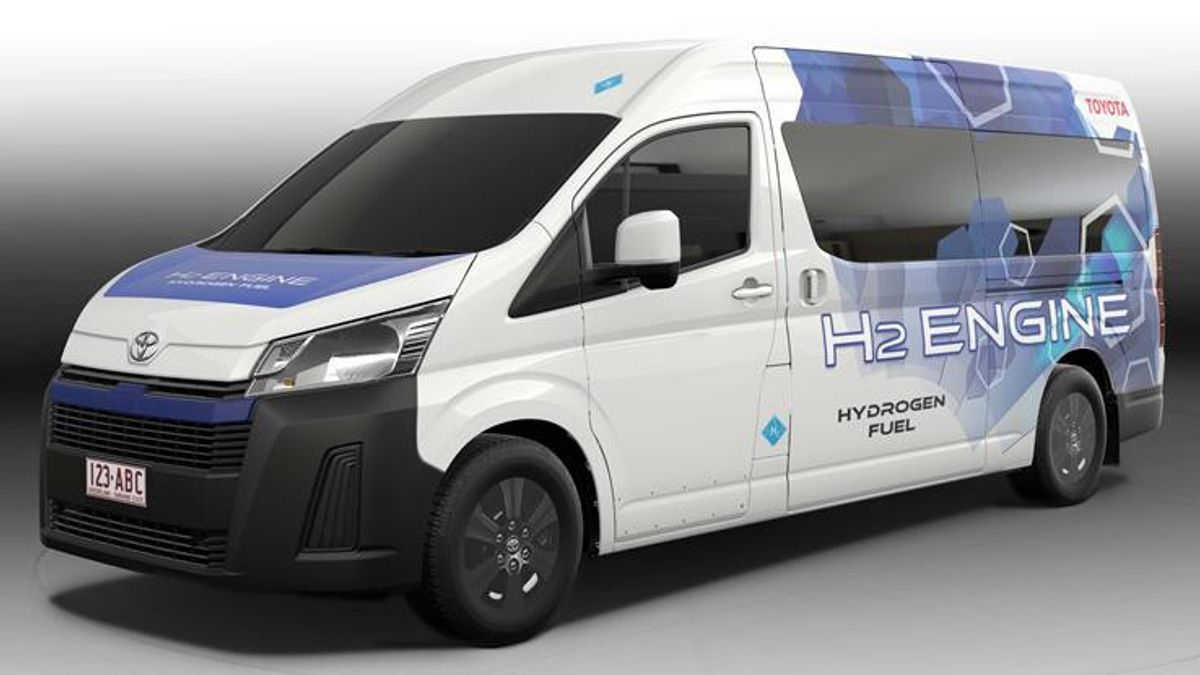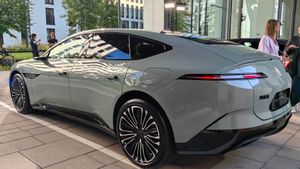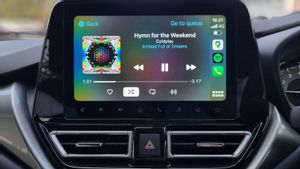Toyota has again strengthened its position as a carbon-free vehicle maker by revealing hydrogen-fueled HiAce.
The HiAce development was carried out with several Australian companies in line with the implementation of the multi-path strategy implemented by Toyota.
Reported by Drive, Sunday, November 12, the Japanese manufacturer removed the turbo-diesel 4-cylinder engine embedded in the minivan with a 3.5-liter twin-turbo V6 generating up to 120 kW of power and 354 Nm of torque.
Although it has three hydrogen tanks with a capacity of 47 liters each like Mirai, the operation has differences. The HiAce works like a conventional fuel vehicle, with a turbocharged V6 engine that moves through the rear wheels and is equipped with an automatic transmission of ten accelerations.
With a total capacity of 141 liters, the manufacturer claims that the minivan has a range of less than 200 km. Thus, the consumption of fuel in HiAce reaches 70 liters/100 km.
Engineers say there are few modifications required to convert V6 into hydrogen fuel, which consists of changes in fuel injectors and new engine tuning, while different radiators are mounted on HiAce to suit larger engines.
The choice of HiAce as a test vehicle is not without reason. Toyota assessed that the commercial vehicle model has flat van floor flexibility, and this car can carry more heavy loads.
The manufacturer, which was founded in 1937, has plans to build a larger hydrogen capacity to increase driving range, although it could lower the load capacity in the van.
SEE ALSO:
Although produced in Japan, its development is led by Toyota Australia. The hydrogen HiAce prototype is based on a high-speed Commuter bus model and long-wheelbase, and will in its early stages be loaned to large infrastructure development companies, such as CPB Contractors, to help workers transport goods.
"This technology offers the potential for Toyota to produce vehicles that meet practical requirements for commercial customers while reducing CO2 emissions on exhausts significantly," said Matthew Callachor, Australia's President and CEO of Toyota.
Although it has not been officially confirmed, Toyota said it is interested in producing the hydrogen-powered HiAce mass. It is hoped that this car will be an attractive option when compared to pure diesel and electric driving.
The English, Chinese, Japanese, Arabic, and French versions are automatically generated by the AI. So there may still be inaccuracies in translating, please always see Indonesian as our main language. (system supported by DigitalSiber.id)
















